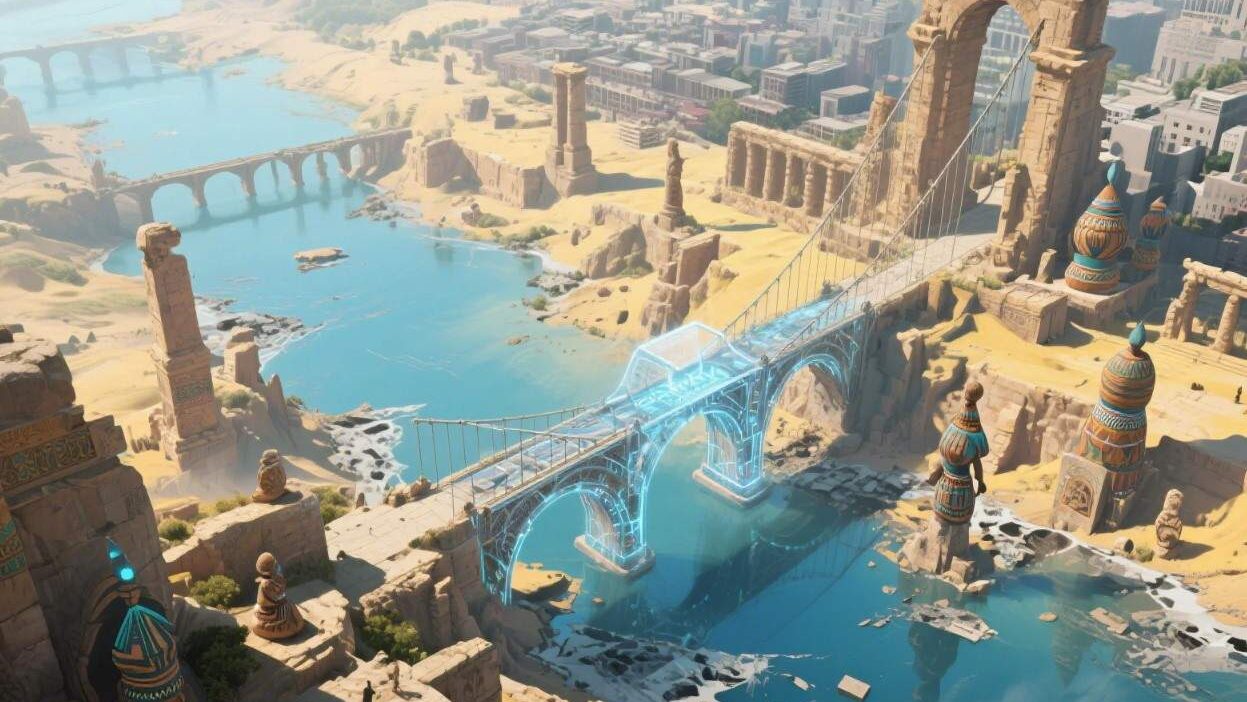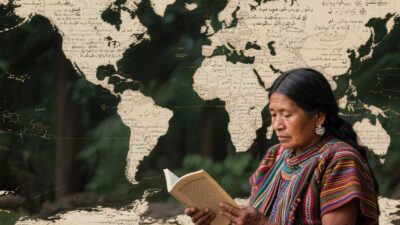Immersive Technology as a Bridge to the Past
The Fragility of Cultural Heritage and the Promise of VR
Cultural heritage—encompassing ancient ruins, sacred artifacts, indigenous traditions, and historical narratives—is the backbone of human identity. Yet, it faces existential threats: climate change erodes physical sites, urbanization encroaches on sacred lands, looting strips artifacts from their contexts, and neglect dims the stories they hold. In an era of digital transformation, VR memorials—immersive, interactive virtual environments that recreate and preserve cultural heritage—emerge as a revolutionary solution. By merging cutting-edge technology with storytelling, these memorials safeguard history, foster global access, and rekindle emotional connections to the past. This article explores how VR memorials are redefining preservation, their unique advantages, and the challenges to scaling their impact.
What Are VR Memorials? Redefining Preservation Through Immersion
VR memorials are not static digital replicas; they are experiential platforms that replicate the sights, sounds, and even tactile sensations of cultural heritage sites. Using technologies like 3D scanning, photogrammetry, and spatial audio, they reconstruct physical spaces (e.g., temples, battlefields) or intangible traditions (e.g., ceremonial dances, oral histories) into immersive worlds. Unlike traditional memorials, which often focus on static tributes, VR memorials prioritize engagement: users can “walk” through a 5th-century BCE Greek agora, “handle” a 17th-century Japanese samurai sword, or “participate” in a Native American powwow—all from their living rooms.
Key features include:
- 3D Reconstruction: Hyper-detailed digital models of endangered sites (e.g., Palmyra’s Temple of Bel) or artifacts (e.g., the Terracotta Army).
- Interactive Narrative: Guided tours, voiceovers, and AI-driven storytelling that contextualize historical events.
- Sensory Immersion: Spatial audio (e.g., the sound of waves at a submerged ancient port) and haptic feedback (e.g., the texture of stone carvings) to mimic real-world experiences.
Why VR Memorials Matter: Preserving What’s at Stake
Cultural heritage is irreplaceable, but its survival is precarious. VR memorials address this fragility through three critical functions:
1. Safeguarding Against Loss
Physical sites and artifacts are vulnerable to destruction—whether by natural disasters, human conflict, or looting. VR memorials create digital archives that act as “insurance policies.” For example:
- The Syrian Heritage Archive Project used VR to document Palmyra’s ruins before ISIS destroyed much of the site. These digital models now serve as blueprints for potential reconstruction.
- The British Museum’s VR tour of the Egyptian galleries allows users to explore artifacts like the Rosetta Stone, reducing the need for physical access and lowering the risk of damage.
2. Democratizing Access
Millions lack the resources or opportunity to visit iconic heritage sites. VR memorials eliminate geographic and physical barriers:
- A student in Kenya can “visit” the Taj Mahal’s inner chambers via a smartphone app.
- A wheelchair user can navigate the Acropolis’ ruins virtually, exploring every nook and cranny without physical strain.
3. Reviving Cultural Narratives
Heritage is not just about objects—it’s about stories. VR memorials breathe life into these narratives by making history relatable:
- The Holocaust Memorial Museum’s VR exhibit, The Last Flight, immerses users in the experience of a Jewish family fleeing Nazi-occupied Europe, fostering empathy and understanding.
- Indigenous communities, such as New Zealand’s Māori, use VR to teach younger generations about ancestral lands and traditions, countering cultural erosion.
How VR Memorials Work: Technology as a Preservation Tool
Creating a VR memorial involves a blend of cutting-edge tech and collaborative storytelling:
1. 3D Scanning and Digitization
- Lidar and Photogrammetry: Laser scanners (LiDAR) and high-resolution cameras capture precise 3D data of physical sites. For example, the CyArk project uses LiDAR to map ancient ruins like Chichen Itza, creating millimeter-accurate digital twins.
- AI-Enhanced Reconstruction: Machine learning fills in gaps in damaged artifacts or sites. At Pompeii, AI algorithms reconstruct missing frescoes based on fragments and historical records.
2. Immersive Design
- Spatial Audio: 3D soundscapes replicate ambient noise (e.g., market chatter in a medieval bazaar) to enhance realism.
- Haptic Feedback: Gloves or suits provide tactile sensations, such as the roughness of stone or the weight of a historical tool.
- Interactive Elements: Users can manipulate objects (e.g., “open” a virtual tomb, “light” a sacred candle) or choose narrative paths (e.g., explore a site as a tourist, archaeologist, or local resident).
3. Community and Expert Collaboration
- Indigenous Input: For culturally sensitive sites, VR memorials prioritize input from local communities. The Navajo Nation collaborated with developers to design a VR tour of their ancestral lands, ensuring accurate representation of sacred sites.
- Scholarly Oversight: Historians and archaeologists validate digital reconstructions to maintain accuracy. The University of Oxford’s Virtual Reality Archaeology lab works with archaeologists to ensure VR models reflect current research.
Benefits: Beyond Preservation to Cultural Revival
VR memorials offer transformative benefits that extend beyond saving physical heritage:
- Educational Empowerment: Interactive tours teach complex histories in engaging ways. A 2023 study by MIT found that students using VR to learn about the Roman Empire retained 40% more information than those relying on textbooks alone.
- Economic Opportunities: Virtual tourism generates revenue for heritage sites. Greece’s Acropolis VR tour, for instance, donates a portion of proceeds to restoration efforts.
- Cultural Resilience: By making heritage accessible globally, VR memorials strengthen cultural identity. In Australia, Indigenous youth use VR to connect with ancestral stories, fostering pride in their heritage.
- Disaster Recovery: After conflicts or natural disasters, VR memorials provide a “digital home” for displaced communities. The Syria Memory Project uses VR to preserve the stories of Syrians who fled their homes, ensuring their histories are not forgotten.
Challenges: Scaling the Vision
Despite its potential, VR memorials face significant hurdles:
1. Technical Limitations
- High Costs: Creating high-quality 3D scans and immersive experiences requires expensive equipment (e.g., LiDAR scanners) and expertise. Small museums or remote communities often lack resources.
- Accessibility Gaps: Not all users have access to VR headsets or high-speed internet. Low-income regions or elderly populations may be excluded.
2. Ethical and Ownership Concerns
- Digital Sovereignty: Who owns the rights to digital heritage? Disputes arise over whether indigenous communities or institutions control access to VR models of sacred sites.
- Cultural Appropriation: Misrepresentation of sensitive narratives (e.g., colonial histories) can perpetuate harm. For example, a VR exhibit depicting a colonial conquest without context might trivialize its impact.
3. Maintaining Accuracy
- Data Decay: Over time, digital models can become outdated as new archaeological discoveries emerge. Regular updates require ongoing investment.
- Over-Simplification: Complex cultural practices (e.g., shamanic rituals) risk being reduced to “entertaining” simulations, losing their depth and meaning.
Case Studies: Pioneering VR Memorials
- Palmyra’s Digital Revival: After ISIS destroyed much of Palmyra, the Institute for Digital Archaeology (IDA) used LiDAR and crowd-sourced photos to reconstruct the Temple of Bel. The VR model, accessible via the Millennium Project, allows users to explore the temple’s original splendor.
- The Holocaust Memorial Museum’s The Last Flight: This VR experience immerses users in the journey of a Jewish family fleeing Nazi Germany, using voiceovers from survivors and historical footage to humanize the tragedy.
- Māori Cultural VR: New Zealand’s Te Papa Tongarewa museum collaborated with Māori elders to create a VR tour of sacred sites like the Tongariro National Park, incorporating traditional chants and storytelling.
The Future: VR as a Catalyst for Cultural Preservation
The future of VR memorials hinges on innovation and collaboration:
- Democratizing Tech: Low-cost VR headsets (e.g., Meta’s Quest 3) and 5G networks will expand access to immersive heritage experiences.
- AI and Personalization: Machine learning will enable tailored tours—e.g., a history buff might explore a site’s architectural details, while a casual user focuses on storytelling.
- Decentralized Preservation: Blockchain could store digital heritage models, ensuring they remain accessible even if institutions face crises.
- Grassroots Advocacy: Indigenous communities and local groups must lead VR projects to ensure authenticity and cultural sensitivity.
Preserving Our Shared Humanity
VR memorials are more than technological feats—they are bridges between the past and present, ensuring that cultural heritage thrives in an ever-changing world. By making history immersive, accessible, and emotionally resonant, these memorials foster empathy, education, and resilience. As we grapple with the loss of physical heritage, VR offers a powerful reminder: our shared stories are too precious to be forgotten.
As historian Dr. Sarah Parcak, a pioneer in digital archaeology, once said, “Preservation isn’t just about saving the past—it’s about ensuring it continues to shape our future.” With VR memorials, that future is within reach.



